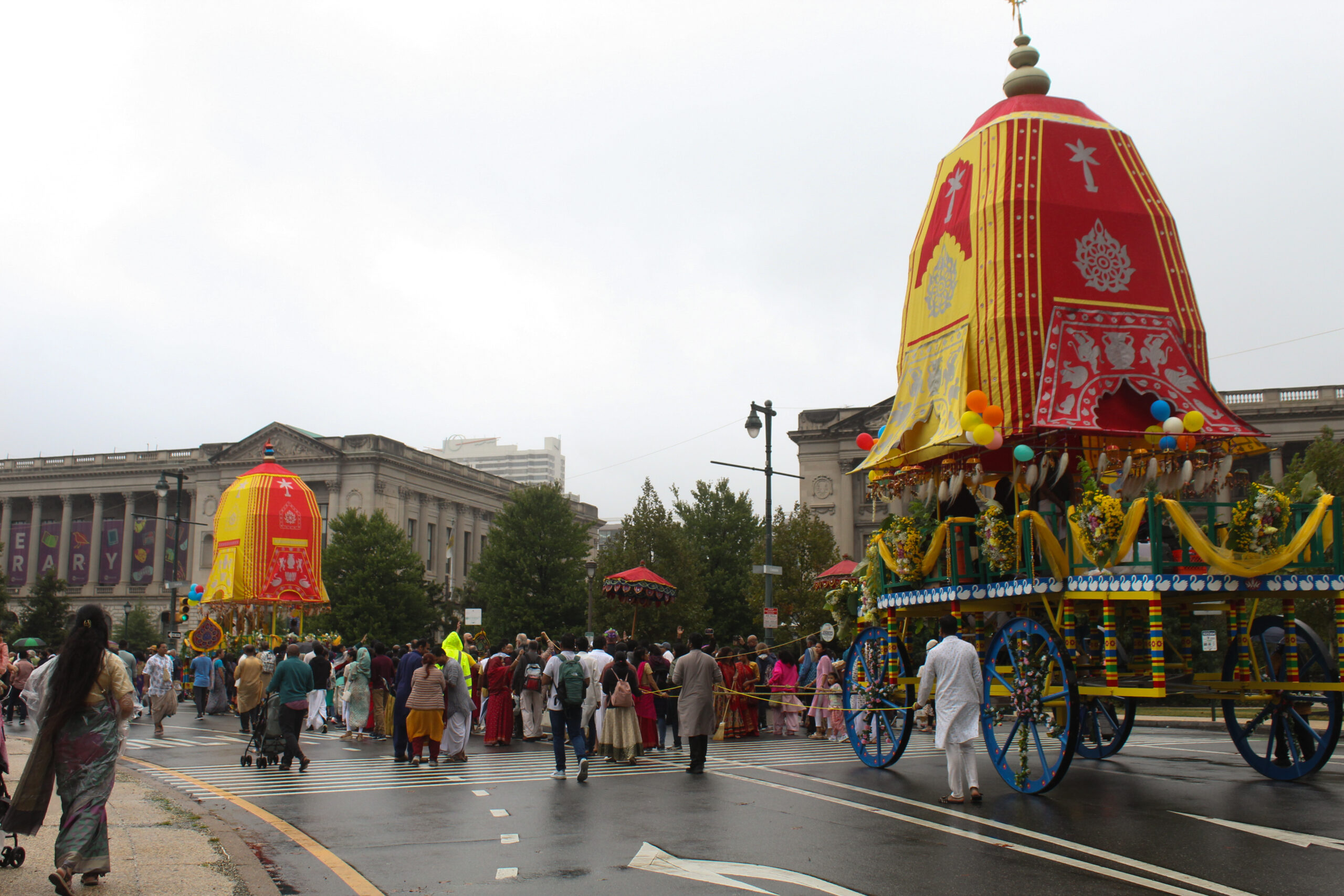
Course Spotlight: Cults and Religions
Cults and New Religious Movements is an experiential learning course offered through the Department of Philosophy and Religion. In the Spring of 2018, for the following Fall semester, Associate Professor of Religion Doctor Nicole Karapanagiotis created this class to help students critically evaluate the labels groups are given and why we are so quick to label those groups. This course aims to study groups labeled “cults,” investigating their beliefs about the world, histories, and relationships with the public.
Dr. Karapanagiotis is a scholar of South Asian religions, such as Hinduism, Buddhism, Islam, Jainism, and Sikhism. She has done most of her research in India but has studied Indian religious groups in the United States. In 1965, immigration laws changed, leading more immigrants from Asia to migrate to the United States, bringing their religions with them. Americans were drawn to these groups in the 1970s because of their “alternative” lifestyles. Other Americans began to fear these groups and did not want their children to join them because of this, accusing them of being “cults.”
Due to her background, Dr. Karapanagiotis created this course to help students evaluate groups that the public perceives as “weird” or “too intense or extreme” and are, in turn, labeled as “cults.” She teaches this course to educate on and unpack the assumptions made about these religious groups, and show students that they have opened up “very interesting lenses on our own culture and important topics in it.” The biggest part of the course is that it requires “field site visits” attending religious rituals of groups labeled “cults.” Students are asked to observe the rituals but are not required to participate. Although this experience sounds daunting, Dr. Karapanagiotis said that these trips often end up being her student’s favorite part of the course. She believes the visits are the most important part of the course and always tells her students, “You can’t learn about religious groups just by reading their texts or learning about them in the classroom.”

